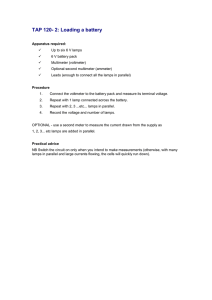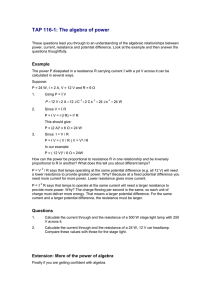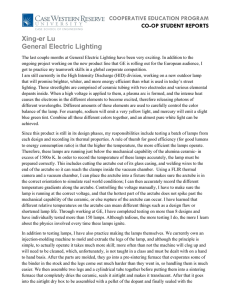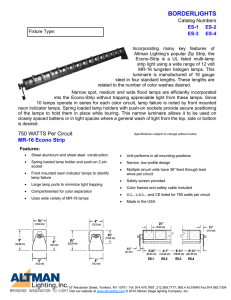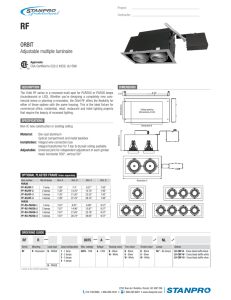Notes - Section 2.2 (Fnx. Ops)
advertisement
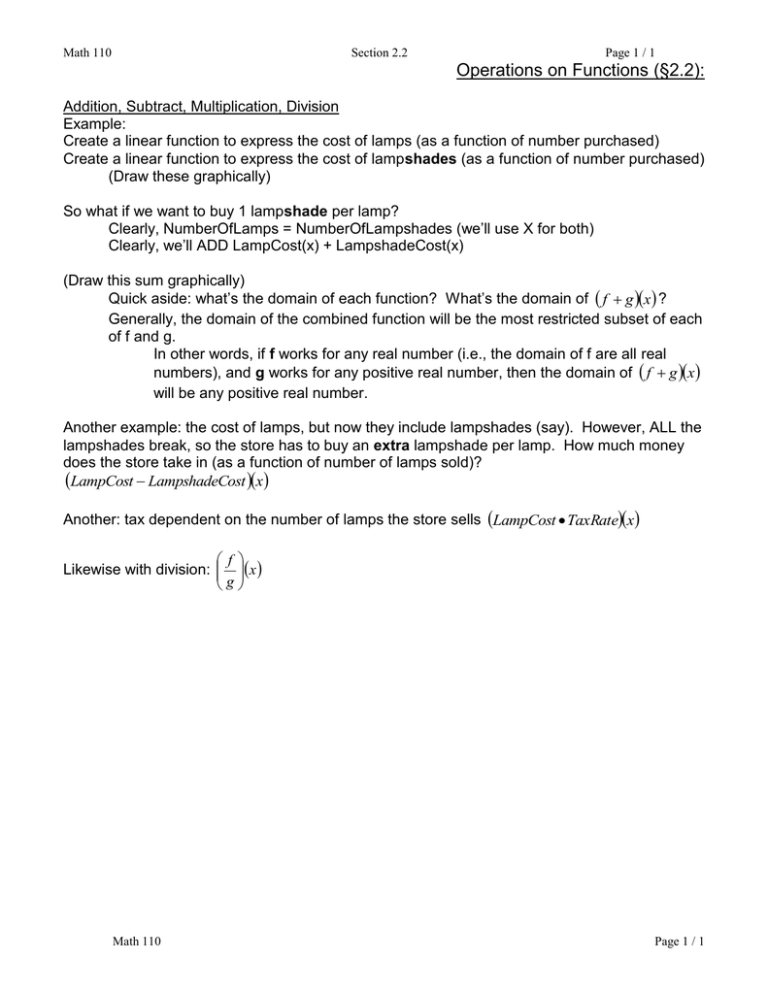
Math 110 Section 2.2 Page 1 / 1 Operations on Functions (§2.2): Addition, Subtract, Multiplication, Division Example: Create a linear function to express the cost of lamps (as a function of number purchased) Create a linear function to express the cost of lampshades (as a function of number purchased) (Draw these graphically) So what if we want to buy 1 lampshade per lamp? Clearly, NumberOfLamps = NumberOfLampshades (we’ll use X for both) Clearly, we’ll ADD LampCost(x) + LampshadeCost(x) (Draw this sum graphically) Quick aside: what’s the domain of each function? What’s the domain of f g x ? Generally, the domain of the combined function will be the most restricted subset of each of f and g. In other words, if f works for any real number (i.e., the domain of f are all real numbers), and g works for any positive real number, then the domain of f g x will be any positive real number. Another example: the cost of lamps, but now they include lampshades (say). However, ALL the lampshades break, so the store has to buy an extra lampshade per lamp. How much money does the store take in (as a function of number of lamps sold)? LampCost LampshadeCost x Another: tax dependent on the number of lamps the store sells LampCost TaxRatex f Likewise with division: x g Math 110 Page 1 / 1


